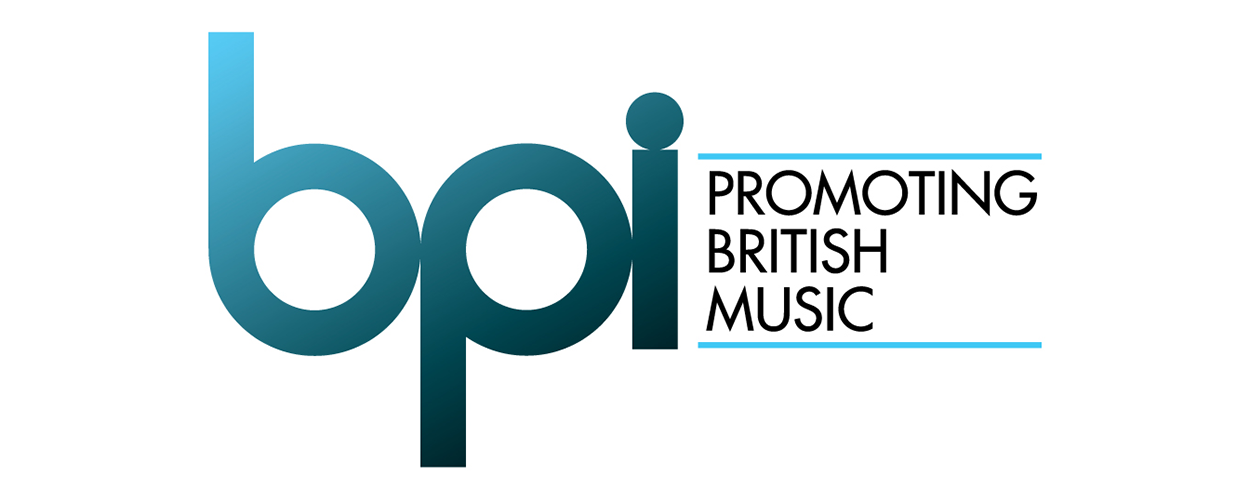This website uses cookies so that we can provide you with the best user experience possible. Cookie information is stored in your browser and performs functions such as recognising you when you return to our website and helping our team to understand which sections of the website you find most interesting and useful.
Business News Digital Labels & Publishers
BPI says streaming is helping more musicians to become successful
By Andy Malt | Published on Friday 24 March 2023

The streaming era has democratised the music industry, spreading success across a larger number of artists compared to those CD-selling days of old. Or so says UK record industry trade group BPI based on its crunching of Official Charts Company data.
According to its study, the top ten leading streaming artists made up just 4.9% of the UK audio streaming market in 2022. Whereas back in 2007, when CD was still the dominant format, the ten biggest artists of the moment accounted for 10.9% of album sales.
So, artists everywhere will be pleased to have it confirmed that they’re all doing much better these days. That’s what they’re always saying, isn’t it?
Sophie Jones, BPI Chief Strategy Officer and Interim Chief Executive, says of the new stats: “The streaming market is enabling more artists to achieve real success and earn a meaningful living by opening up huge opportunities in the recorded music market. It enables artists from all genres and backgrounds to instantly reach a global audience”.
Widening out the analysis, the figures make it even more apparent how things have shifted in the last fifteen years. In 2007, the top 100 artists claimed 45.1% of artist album sales, while the 100 leading streaming artists in 2022 made up just 19.0% of the audio streaming numbers.
Furthermore, 87.8% of artist album sales in 2007 were achieved by only 1000 artists, compared to 2022, when the top 1000 streaming artists claimed a mere 50.1% of streams.
So that leaves more space for other artists to find at least moderate success. Of course, they’re also competing with far more other artists now as well, not to mention a much more accessible catalogue of old recordings, so that space is still fairly cramped.
Still, in 2022, more than 2000 artists each generated at least ten million audio streams of their music in the UK. Additionally, over 200 artists generated at least 100 million UK streams of their music last year.
So plenty of streams going on in the UK, plus the BPI also says that, on average, 80% of the leading UK artists’ streams come from international listeners. As a result, their UK stream counts should typically be multiplied by five to produce their global stream total.
These stats also provide a guide to how many streams of a track are required to enjoy chart success. And while chart rankings are no longer as important as they once were, that does provide a steer on how many streams are needed to make a mark. And it’s a lot.
The UK’s 5000th most popular track in 2022 was streamed more around five million times across the year. But on average 1.3 million audio streams a week are required to break into the Top 40. So in chart terms, as well as commercially, artists really need millions of streams a month, and preferably per week, to enjoy chart success and decent financial returns.
While the BPI is obviously presenting these stats to talk up just how great everything is going with streaming – particularly as the economics of streaming debate continues in political circles in the UK – artists and their managers would probably put a different spin on the figures.
Although there are an increasing number of mid-tier artists, some of them releasing music independently, that are enjoying commercial success, even if they are in the minority overall.
“This includes a blossoming generation of talent who are developing dedicated and enthusiastic fanbases alongside artists with mainstream followings”, argues Jones. “They are generating many millions of streams, as well as significant royalties each year”.
“While streaming has created unparalleled levels of competition, given the tens of thousands of new tracks that are uploaded to the main digital services every day, it is also providing opportunities for more artists than ever before”, she continues.
The BPI’s report also notes that, in addition to streaming, artists have a variety of income sources that are evolving and growing over time, such as broadcast and public performance revenues via PPL, merchandising, sync revenue from film, TV and games soundtracks, advertising, brand partnerships, sponsorships, touring income, and the sale of physical recordings. Although, again, many artists would argue that this is not bringing in enough overall to sustain a career.





